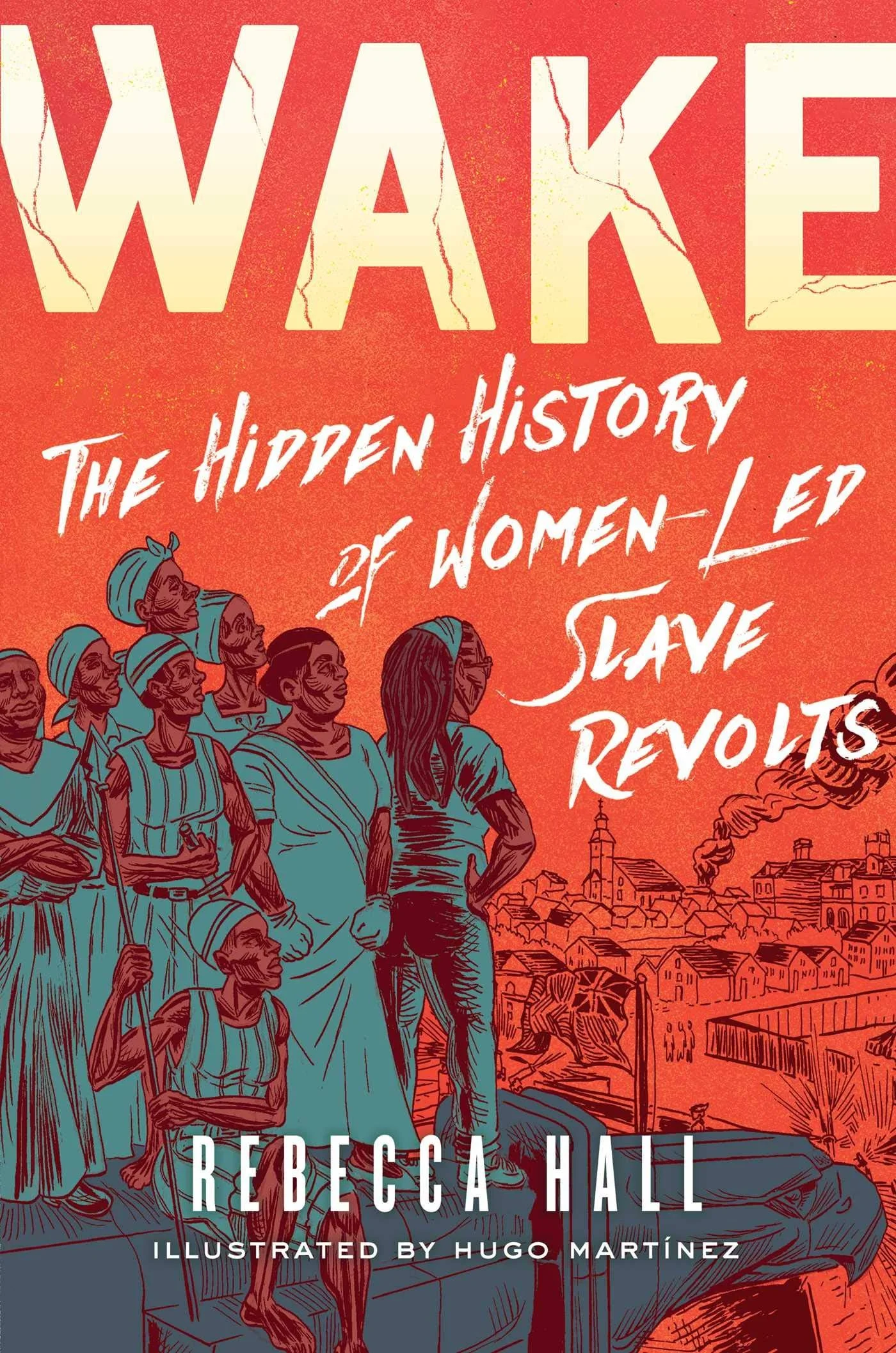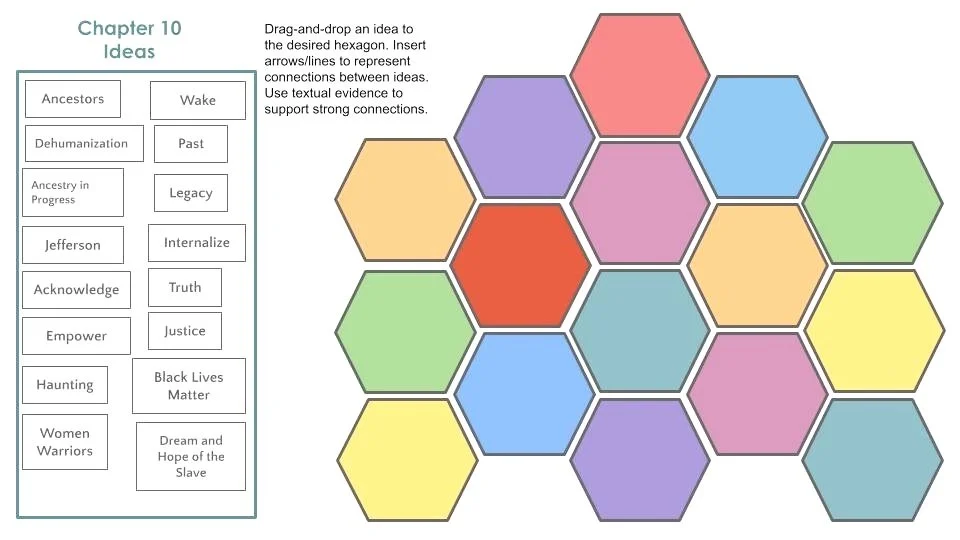
Resource Page:
Wake Meeting for educators
Teaching women-led slave revolts
RESOURCE PAGE:
Wake Meeting for educators
Teaching women-led slave revolts
This resource page is meant to support educators who are attending our workshop on April 30, 2022. Featured speaker: Dr. Rebecca Hall.
Our goal: Help you build classroom resources to support bringing the graphic novel Wake: The Hidden History of Women-Led Slave Revolts into your K-12 classroom.
If this page is useful to you, please consider signing up for our mailing list and making a donation! We are an entirely grassroots organization and currently rely on individual donations to fund our work.
Read before the workshop:
Get a copy of wake: The hidden History of Women-Led Slave Revolts
Link to the publisher and description here!
Who is Dr. Rebecca Hall?
Learn more about the author and her work here!
Questions for the Author:
Do you have questions that you’d like Dr. Hall to address on Saturday? Use this registration form to ask a question prior to the meeting!
Teaching Activities:
Retrieving Our Resistance: Graphic Novel Project Inspired by Wake
In this project, students will be challenged to critically examine local historical events and create their own graphic novel narrative of resistance. The project begins with analyzing primary sources, looking for hidden stories of resistance. Students will then research these stories and write their own, “critically fabulated” version of events, in the form of a graphic novel.
Lesson materials are linked below:
How to Read Wake: The Hidden History of Women-Led Slave Revolts
A Guide to Understanding Graphic Narratives
These lesson materials are intended to help students and educators better understand the essential components of graphic novels, in order to create their own graphic novel narrative of resistance.
Lesson materials are linked below:
Wake Sample Unit:
Production and Consumption in the First Global Economy
Crafting a graphic narrative
Dr. Alex Carter is a secondary teacher in New York who has implemented lessons centering Wake in his World History classroom. Here he has shared a sample unit with us, in which students assume the role of historians tasked with piecing together images to tell the story of the relationship between the Trans-Atlantic Slave Trade and the emergence of the Sugar Plantation System.
Lesson materials are linked below:
Hexagonal Thinking Concept map:
Wake Chapter Discussion Activity
This graphic organizer paired with a carefully curated word bank can be used as a framework for critical thinking and discussion for each chapter of Wake. This activity helps students make connections between powerful ideas, while considering the nuances in those connections.
Graphic organizer for each chapter of Wake linked below:






